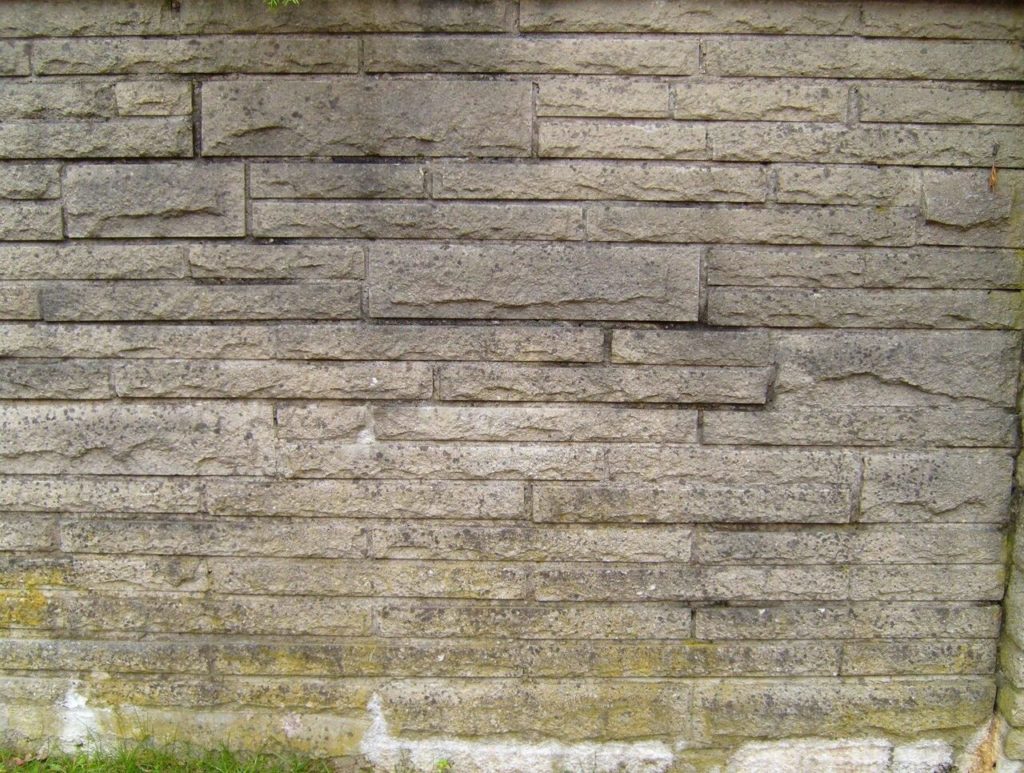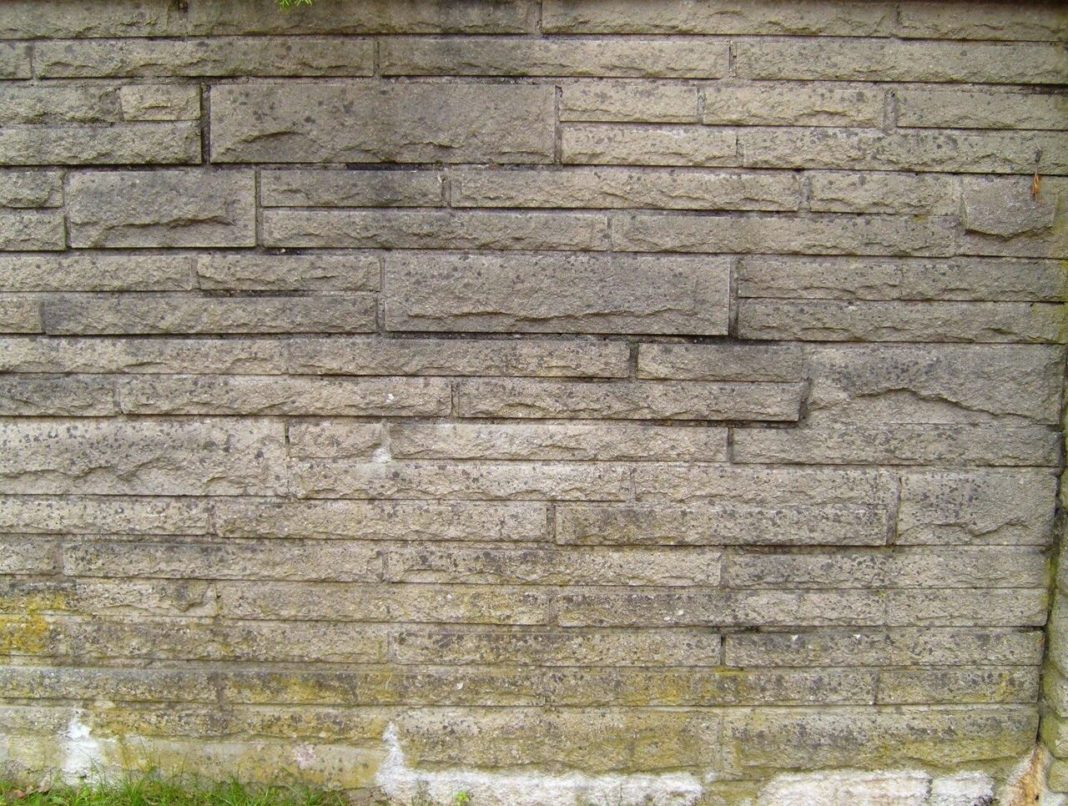While seawalls are the traditional defence for Singapore’s coasts against rising sea levels, scientists at the National University of Singapore (NUS) are re-engineering them to ensure they do not come at the cost of life underwater.
To reduce the impact of existing seawalls on marine creatures, NUS scientists have developed an assortment of tiles that can be retrofitted onto seawalls to mimic natural habitat features.
The concrete tiles, from wedge-shaped “rock pools” to domes depending on the surface they are placed on, act as homes that are optimised to improve the variety of marine life.
 Findings from their studies show that they can double the diversity of marine organisms on grey marine infrastructure, said Prof Todd.
Findings from their studies show that they can double the diversity of marine organisms on grey marine infrastructure, said Prof Todd.
He added: “The tiles can support between 20 and 25 species as compared to a traditional granite seawall, which has about 10 species. These organisms include algae, bivalves, quite a lot of marine snails and some crustaceans.”
While these organisms may not appear to be charismatic, they are important food sources to sustain larger organisms such as fish in the shoreline ecosystem, he said.
Currently, 350 tiles are installed at Changi Bay and another 60 at Sentosa.
According to straitstimes.com














